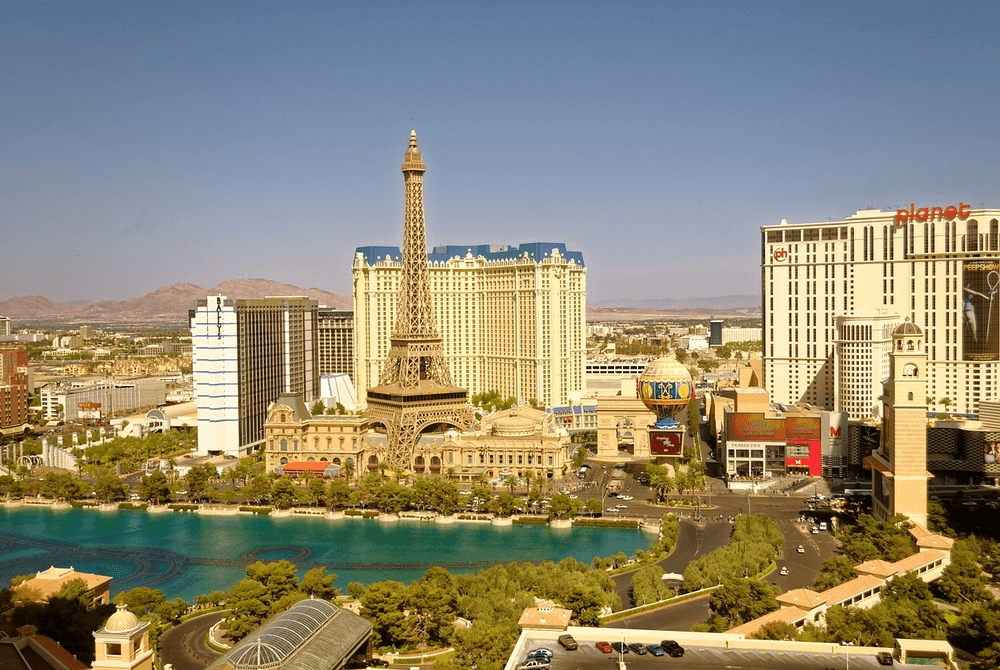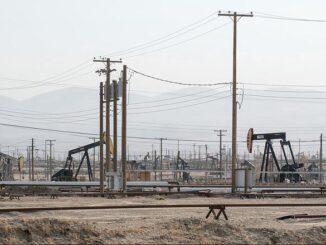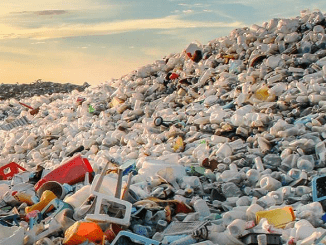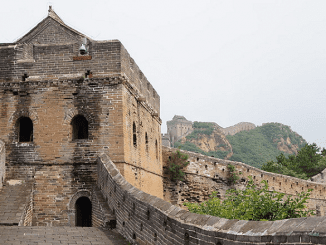Can casinos truly combine opulence with environmental responsibility? Few industries match the casino sector’s demand for energy, resources, and spectacle. Flashing lights, grand fountains, and round-the-clock entertainment make luxury casinos some of the most resource-intensive buildings on the planet. Yet, a global movement is underway, with some of the world’s most iconic casino resorts redefining what it means to be green. Are eco-innovations reshaping the image and reality of luxury casinos?

Why Casinos Face Unique Environmental Challenges
Casinos operate on a scale where environmental impact is unavoidable. Their business model demands constant lighting, air conditioning, and advanced security systems, all requiring vast electricity supplies. Water is another key resource, used for everything from lavish landscaping and pools to daily guest needs. Add to this the significant waste generated from multiple restaurants, beverage services, and high guest turnover, and the scale of the challenge becomes clear.
These facilities showcase architectural features such as large glass facades and water displays that further raise energy and water demands. To address these pressures, many resorts pursue international sustainability certifications. The LEED (Leadership in Energy and Environmental Design) standard evaluates buildings for eco-friendly design and operations, while the United Nations’ Sustainable Development Goals (SDGs) provide a broader framework for social and environmental progress.
City of Dreams, Manila: Solar Power and Zero Waste by 2030
In the Philippines, the City of Dreams Luxury Resort sets an ambitious standard. By 2030, it aims to achieve both carbon neutrality and zero waste—goals seldom seen in hospitality. The resort’s first major step is the installation of solar panels that generate energy equivalent to what 7,000 households consume each year.
Beyond power generation, City of Dreams employs vermicomposting, using worms to turn organic waste into natural fertilizer, and maintains onsite greenhouses to grow decorative plants. This approach not only reduces external sourcing (notably from the often unsustainable flower industry) but helps close the loop on waste. Local food and drink sourcing further shortens supply chains, while the elimination of single-use plastics targets landfill waste. Importantly, the resort weaves social responsibility into its agenda, focusing on positive community impact alongside environmental priorities.
When talking about the positive impact of casinos on the environment, we should not forget about the online sector. Today, many gambling establishments are moving online and only accept players via the Internet. This allows operators to reduce their carbon footprint and cut harmful emissions into the environment. Many casinos have already created their own mobile apps to offer users even more convenience and, at the same time, effectively reduce their negative impact on the environment. The leader in this regard is 1win: its Android app has already been downloaded several hundred million times. And today, almost anyone can download for Android from the official website.
Mandalay Bay, Las Vegas: Massive Solar Fields and Food Waste Innovation
On the Las Vegas Strip, Mandalay Bay Casino Resort is hard to miss—especially its 26 acres of rooftop solar panels. These panels significantly reduce the resort’s dependence on grid electricity. Yet, energy is just one piece of a comprehensive sustainability puzzle. Mandalay Bay has reimagined its food and beverage operations, using only recycled or compostable packaging for all disposables.
Their onsite greenhouse grows fresh herbs to supply the kitchens, while edible leftovers are donated to the Three Square Food Bank, directly reducing food waste and supporting the local community. Energy-efficient fixtures, such as recycled glass surfaces, water-saving plumbing features, and exclusive use of LED lighting, further lower Mandalay Bay’s environmental footprint.
Caesars Palace, Las Vegas: LEED Certification and 2050 Carbon Goals
Another Las Vegas icon, Caesars Palace, anchors its sustainability vision in internationally recognized frameworks. Its Octavius Convention Center is Caesars Entertainment’s first LEED-certified structure—a certification indicating rigorous sustainability standards in construction and operation. Although not every new property is formally certified, LEED principles guide broader company projects.
By 2050, Caesars Entertainment plans to reach carbon neutrality. Steps toward this goal include ramping up solar energy, modernizing HVAC (heating, ventilation, and air conditioning) systems for efficiency, and converting building lighting to LEDs. Ongoing initiatives focus on reducing water consumption and minimizing operational waste.
Sibaya Casino, Durban: Aligning with Global Sustainability Goals
In South Africa, Sibaya Casino & Entertainment Kingdom demonstrates how environmental efforts can align with broader social aims. Owned by Sun International, the casino follows the UN’s SDGs, which outline global priorities such as responsible resource use, social equity, and community engagement.
Sibaya invests in improving energy and water efficiency, cutting greenhouse gas emissions, and reducing waste. Its dedication to sustainability extends beyond environmental metrics, with partnerships supporting local food producers, education, and hunger relief. For example, collaborations with Rise Against Hunger South Africa and the Department of Basic Education help address food insecurity and expand educational opportunities in the region.
Venetian Macao, China: Award-Winning Green Leadership
Asia’s Venetian Macao Casino Resort stands out as a regional sustainability leader. Its recognition includes the Macao Green Hotel Award in 2020, signaling achievement in lowering emissions, waste, and water use. The resort plans to incorporate solar power and expand other renewable sources, with a transparent approach to tracking and publicizing progress. By prioritizing both social and environmental aspects, the Venetian Macao is setting a high bar for integrated sustainability in hospitality.
Bellagio, Las Vegas: Ambitious Emissions and Water Targets by 2025
The Bellagio, under MGM Resorts, has set aggressive sustainability targets for the near future. By 2025, it aims to reduce carbon emissions by 45% and overall energy use by 33%. Investments in renewable energy systems are already underway, while water conservation is advanced using recycled water technology. Like several leading properties, Bellagio’s sustainability roadmap is aligned with the UN SDGs, demonstrating a comprehensive approach that leverages both cutting-edge technology and global standards.
Challenges, Limitations, and the Road Ahead
Despite these advances, hurdles remain. The need for constant energy and water makes full carbon neutrality an ongoing challenge. Regional regulations and infrastructure can limit how quickly resorts can adopt certain technologies. According to the Global Sustainable Tourism Council, broader industry participation is necessary for meaningful impact. Emerging trends such as smart building systems, tighter regulations, and consumer demand for eco-conscious options are expected to drive further change.



